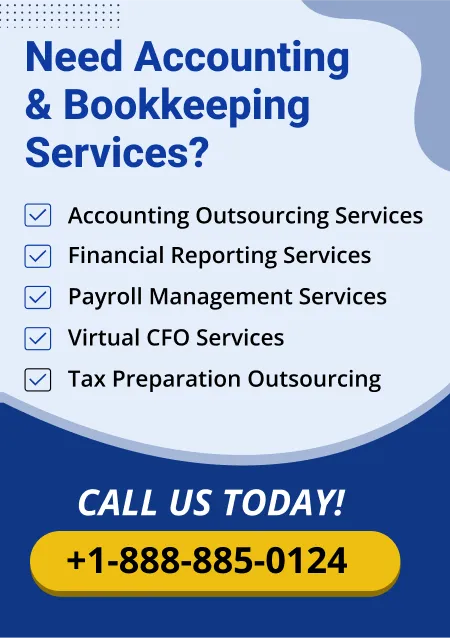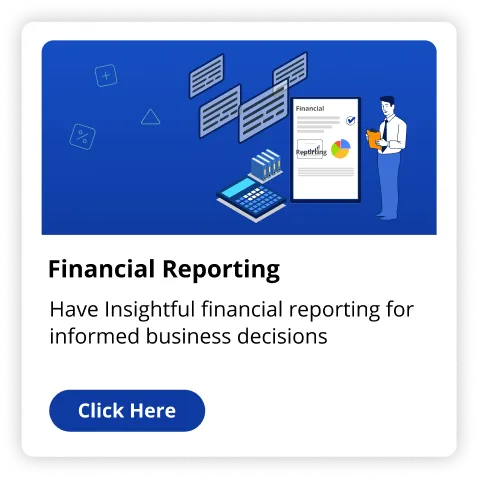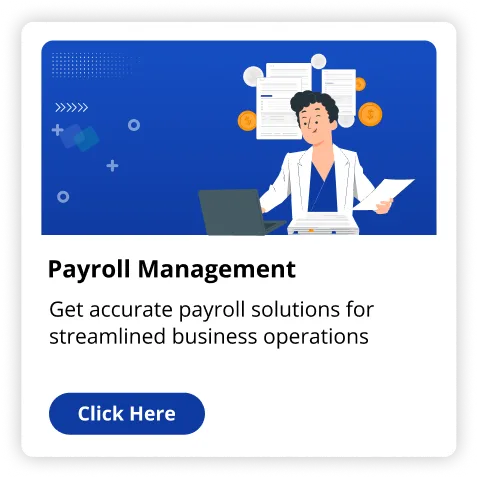As 2024 enters its final stages of departure, businesses should focus on reviewing their health for long-term sustainability and growth. A regular financial evaluation helps businesses get a clear picture of their present scenario and detect any underlying problems. Businesses whether small or large scale should access their finances mindfully in order to stay profitable,on-edge and ready enough to take on new challenges. This blog will walk you through the different processes your business must go through in order to assess the financial condition. And also the crucial measures one must implement in 2024.
1. The First Step To Immunity: Check Your Financial Statements
Reviewing your financial statements carefully is the first step towards carrying out a financial health check. Your cash flow statement, balance sheet, and income statement all of them are included in this. These reports offer valuable insight about your cash flow trends, assets, liabilities, revenue, and expenditures. Here's how to dissect them:
- Income Statement: This provides you with an impression of profitability by presenting your earnings and costs over a given time frame. Keep an eye on advances in operational costs, cost of products sold, and revenue growth. Positive indicators include an ongoing increase in revenue and a controllable ratio of expenditures to income.
- Balance Sheet: The claim lists your equity, liabilities, and assets as of a particular date. To determine the value of your wealth and level of financial stability, evaluate your assets to commitments. A sound balance sheet will show a higher proportion of assets to liabilities.
- Statement of Cash Flow: Any business is determined by its cash flow for its continued existence. This statement shows the inflow and outflow of cash from the business you run. A business with positive cash flow can pay its debts, reinvest in development, and handle debt.
You might have an extensive understanding of the financial health of your business and if you're on pace to meet your financial goals by frequently reviewing these financial statements.
2. The Profit Margins: Assessing These Factors Mindfully
Maintaining business activities and growth need profitability. Evaluating your profitability and margins follows next after looking over your financial accounts. You can have a better picture of how effectively your business operates by calculating key financial ratios.
- Gross Profit Margin: This figure indicates the profit your business has left over after deducting the cost of goods sold (COGS). A larger gross profit margin is a sign of efficient service or good production in the business you run. To figure out: Revenue × 100 / (Revenue - COGS) is the gross profit margin.
- Net Profit Margin: This ratio indicates the total profitability of your business after every expense is subtracted. Industry differences exist regarding what constitutes a good net profit margin, but it's critical to evaluate it in light of past outcomes and industry norms.
- Asset Margin for Operations: This ratio, which excludes interest or taxes, illustrates your profitability from ongoing business activities. Improved productivity in managing fundamental company operations is usually demonstrated by a rise in operating profit margin.
Analysing these margins in 2024 will reveal details regarding how effectively your business is controlling expenditures and if it is set up for longevity.
The In And Out of Revenue Flow: Evaluating Cash-Flow Of Your Business
A vital part of evaluating the financial condition of a business is effective cash flow management. Inadequate cash flow management can cause difficulties for even profitable businesses. Make sure that your business has sufficient cash on hand to cover regular costs, make investments in the business, and deal with unforeseen financial challenges.
- Accounts Receivable: Determine the time frame required for getting payments from clients. Problems with cash flow may end from longer payment terms. Take consideration when imposing harsher terms of payment or offering rewards for on-time payments.
- Accounts Payable: Regulate the timing and method of your supplier repayments. You can keep cash in your business for an extended amount of time by delaying payments as long as you can without being fined.
- Operational Cash Flow: Examine your operational funds to figure out the amount of money coming in from your main business activities. This figure, if it remains positive, is beneficial for your business. It indicates that your business generates enough revenue to pay for the operational expenses.
Businesses who are implementing cloud-based tech for financial forecasting can make more informed decisions about investing and business expansion.
4. Checking-in With Your Financial Health: Managing Debt
A vital aspect for evaluating one's financial health involves handling debt. Excessive spending may hinder your progress, but careful debt control can encourage development. This is how you should evaluate your debt:
- Debt-to-Equity Ratio: This ratio evaluates the distinction among your general debt and equity. In general, a smaller percentage is better because it shows that the business is not dependent too heavily on debt to fund operations. Liabilities Total / Equity Held by Shareholders = Debt-to-Equity Ratio.
- The Interest Coverage Ratio: It assesses the ability to make payments for interest on debt that is outstanding. The better equipped your business is for managing its debt promises, the higher the ratio. Profits Before Interest and Taxes (EBIT) / Interest Expense equals the interest coverage ratio.
- Credit Score: Your business credit score impacts your capacity to get funding and favourable terms. Make sure you monitor your credit score regularly. Addressing any discrepancies or negative marks can help you obtain future funding.
2024 has seen many economic fluctuations and increasing interest rates. So businesses should try to maintain manageable debt levels and a healthy credit ratio.
The Go-Getter Method to Healthy Economics: Assess Expenses And Plan Savings
Cost control is always important to the financial health of a business. Expense analysis can reveal opportunities for optimisation and cost savings. This is how you evaluate your expenses:
- Fixed vs. Variable Costs: Evaluating the fixed and variable expenses can help you deduce areas where you can cut expenses. Businesses can reduce investments in variable cost by accessing cheaper alternatives or polishing their bargaining skills.
- Operational Efficiency: Detect areas in your business where expenses are increasing due to operational inaccuracies. Working on increasing productivity can be done by automating tasks, streamlining processes and cutting unnecessary expenditures.
- Discretionary Spending: Examine expenditures for marketing and office supplies which are not vital. Even though these costs might promote expansion, they should be continually monitored and adjusted as needed. Businesses can increase cash flow and profitability through removing unnecessary expenditures.
Conclusion
2024 will see the end of a financial health evaluation as an essential process for every business, irrespective of size or sector. Your business should regularly assess the financial condition you are in. Keeping uptodate with the profitability margins, debt management and controlling expenses is a gateway for success. Having a proactive approach in keeping up with your financial checks allows you to seize opportunities regularly and help regulate uncertainties. Outsourcing accounting services to Fino Partners will help you assess the finances of your business. We will ensure your business has a healthy financial environment in the long run.



























